You can replay the game a dozen times and still catch new quirks hiding under the grime and rain. Some of them are small scripting tricks that keep the story moving. Others are systems choices that quietly bend the rules so the action does not break.
These are not deal breakers. They are the little seams that peek through once you know where to look. When you spot them in Boston or Pittsburgh or out in the university grounds, you start to understand how the game keeps tension high while smoothing away the rough edges in the background.
Companions Invisible To Enemies
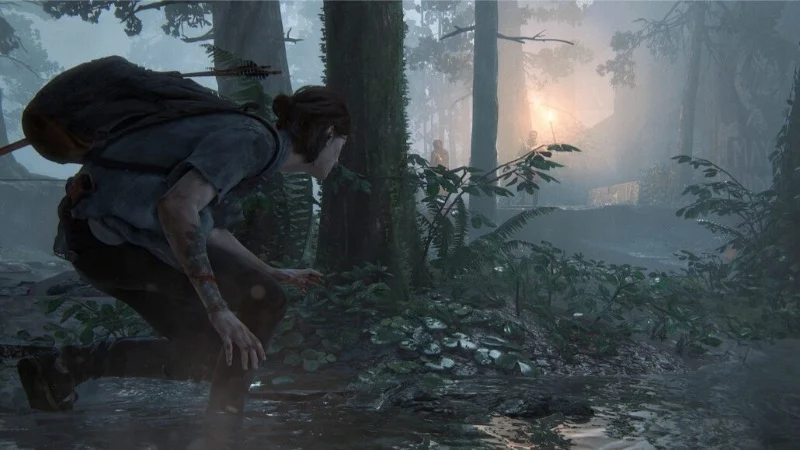 Naughty Dog
Naughty DogThe game allows companions to move through enemy sight lines without triggering detection. Enemy AI tracks the player character for stealth checks and largely ignores partner positions to avoid constant fail states. This keeps patrols focused on Joel even if Ellie or Tess sprints across open space.
You can test this in early stealth arenas where clickers and runners weave around cover. Let a companion clip in front of a hunter while you remain hidden. The hunter stays calm until you reveal yourself, confirming the separate detection rule set that protects companions.
Ladders And Planks Used As One Size Fits All Keys
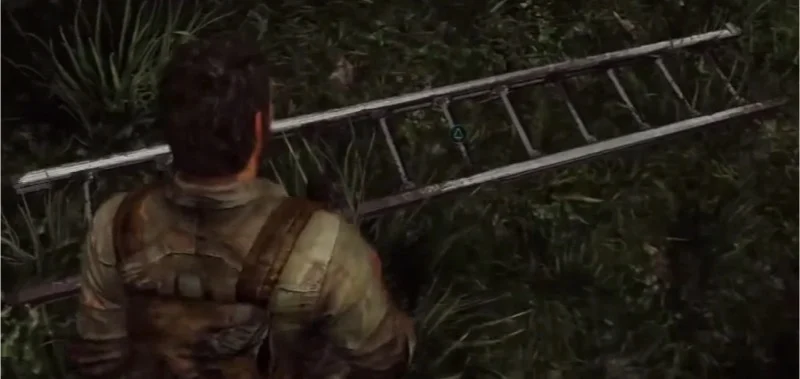 Naughty Dog
Naughty DogProgress gates often rely on the same ladder or plank puzzle loop. The world places a ladder or board within steps of the blocked route, letting you carry it to a single snap point. The interaction fits the level design rather than the environment logic.
If you backtrack in areas like the downtown ruins or the flooded hotel, you will notice missing alternate routes or extra prop nodes. The space is built so only one solution exists, which is why the ladder or plank always happens to be the perfect length and weight for that moment.
Ellie Cannot Swim While Pallets Always Appear
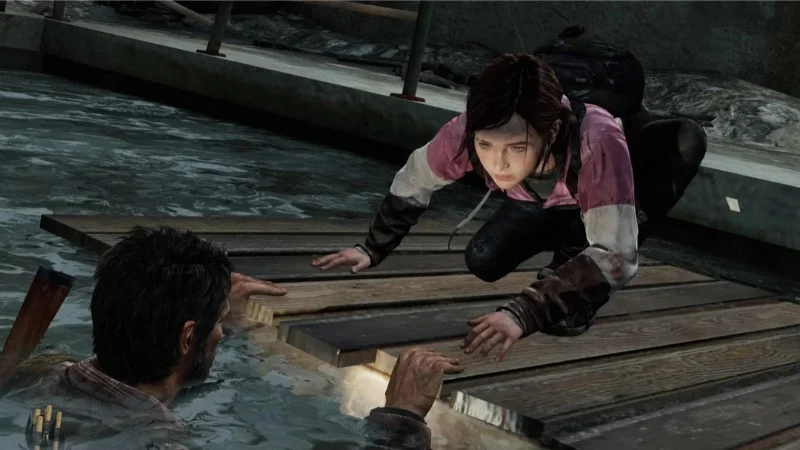 Naughty Dog
Naughty DogMany water sections depend on wooden pallets to ferry Ellie. These pallets float in every flooded space where forward movement requires them. The pattern guarantees traversal even when the area does not show a clear reason for so many clean, buoyant platforms.
Revisit the hotel basement or the suburban streets and you will see how the water geometry funnels you toward a pallet spawn or rest point. The mechanic ensures progression but creates a visible loop where the world conveniently supplies the exact tool for the same problem every time.
Shiv Doors That Ignore How Locks Work
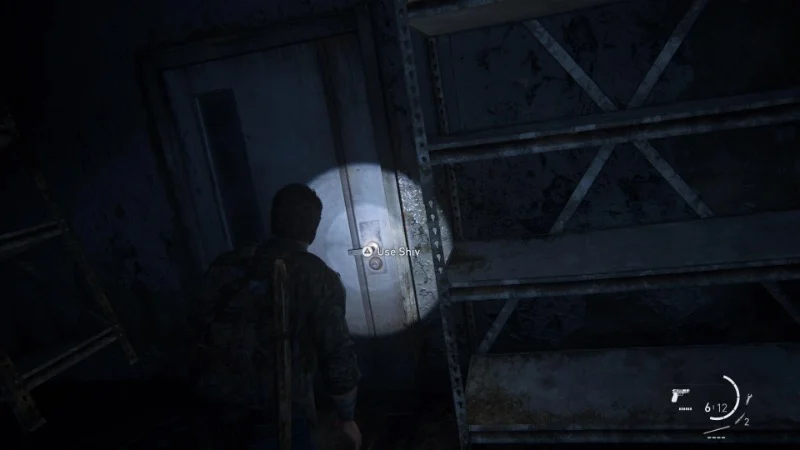 Naughty Dog
Naughty DogLocked rooms open only with a crafted shiv, as if every blocked door uses the same fragile mechanism. The design turns shivs into keys and ties exploration rewards to a consumable inventory item. Real lock variety is abstracted into a single interaction.
You can spot this pattern in the school and in downtown offices where shiv doors sit near loot heavy caches. The door prompt appears only when you have the right materials on hand. If you are out of blades or binding, the door waits there untouched regardless of what other tools you carry.
Brick And Bottle Do The Same Job
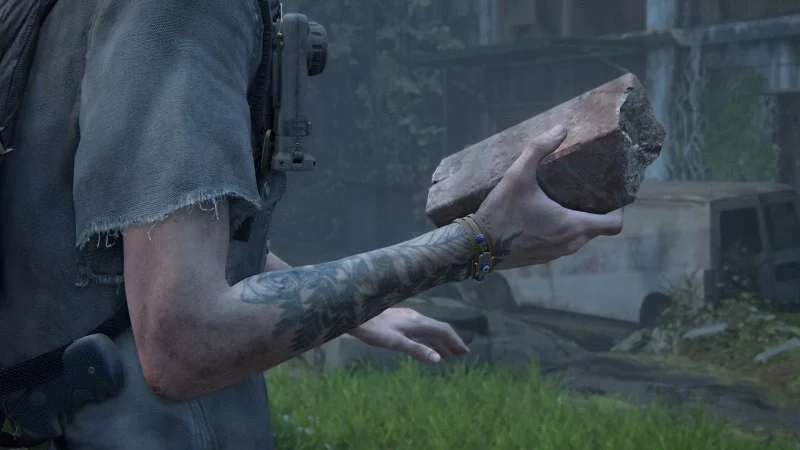 Naughty Dog
Naughty DogBricks and bottles share throw arcs, stun effects, and lure behavior, even though they are different objects. Enemies react the same way to the sound and suffer similar stagger windows when hit in the head. The system favors a unified distraction tool over item specificity.
Try swapping between brick and bottle in the financial district encounters. You will see identical enemy pathing toward the noise source and matching openings for grabs. The only functional difference you notice is durability on melee follow ups, which rarely changes the stealth outcome.
Flashlight That Never Truly Dies
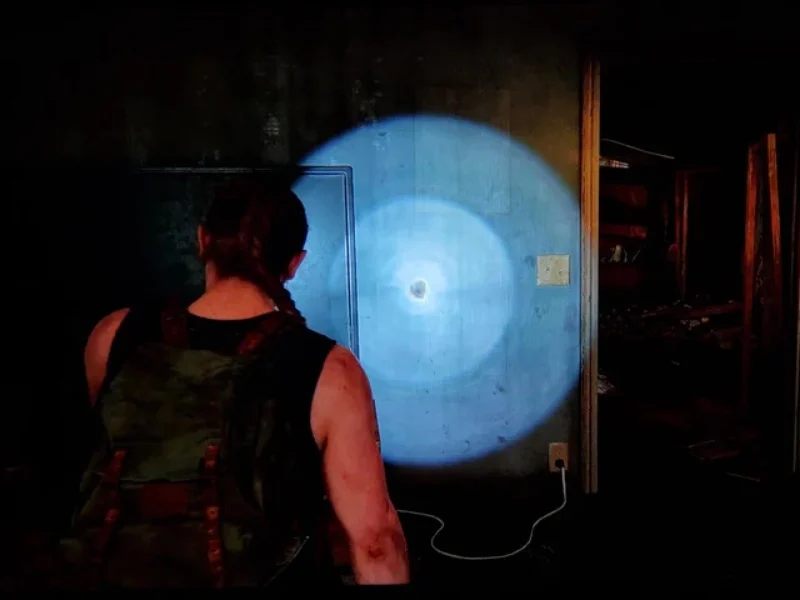 Naughty Dog
Naughty DogThe flashlight flickers to suggest a dying battery but never depletes. You can shake the controller or trigger a tap prompt to stabilize the beam. The effect sells stress without forcing resource management for light, which is why batteries and chargers never appear as loot.
Walk through the museum or sewer tunnels with the light on from start to finish. The glow stutters during scripted tension spikes yet always returns. The behavior tells you the light is a mood device tied to fear beats rather than a system with real consumption.
Crafting In The Open While Enemies Wait
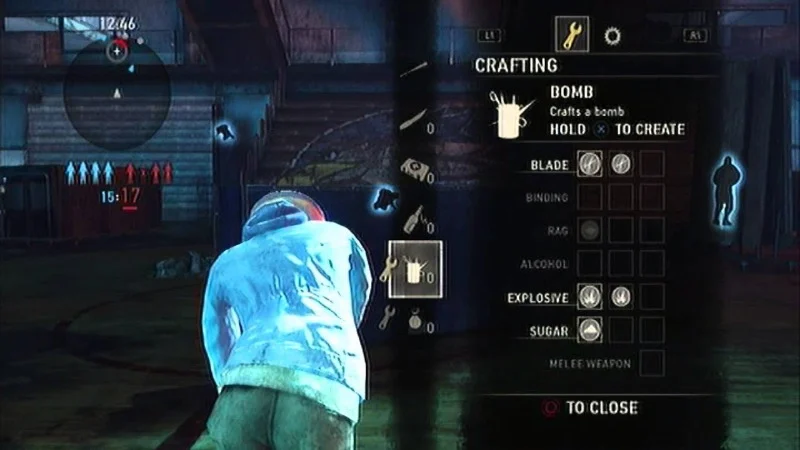 Naughty Dog
Naughty DogYou can craft health kits and explosives during real time combat with only a brief animation. Enemies rarely interrupt at the exact moment unless they have already closed distance. This lets you build tools mid fight in places that would be unsafe if AI pressures were stricter.
Set this up in the high school gym or the university labs and begin crafting after breaking line of sight. As long as you created a small gap, the meter completes and the item appears in your hand. The feature balances scarcity by giving you an emergency option the moment you find parts.
Melee Durability That Breaks In Fixed Chunks
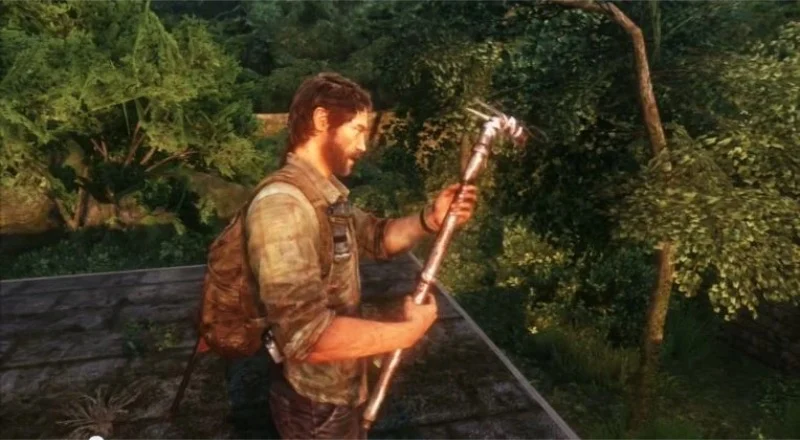 Naughty Dog
Naughty DogMost melee weapons break after a set number of hits regardless of target type or impact point. Upgrades add predictable durability steps and instant kill modifiers, which turn heavy pipes and light boards into similar timers. Material differences play a smaller role than the perk state.
Track a fresh two by four across a clicker and a runner encounter. You will see the same count of swings before the item snaps. The pattern makes planning easy but also exposes the underlying counter that drives melee wear rather than a physics based damage model.
Ammo Economy That Resets By Encounter
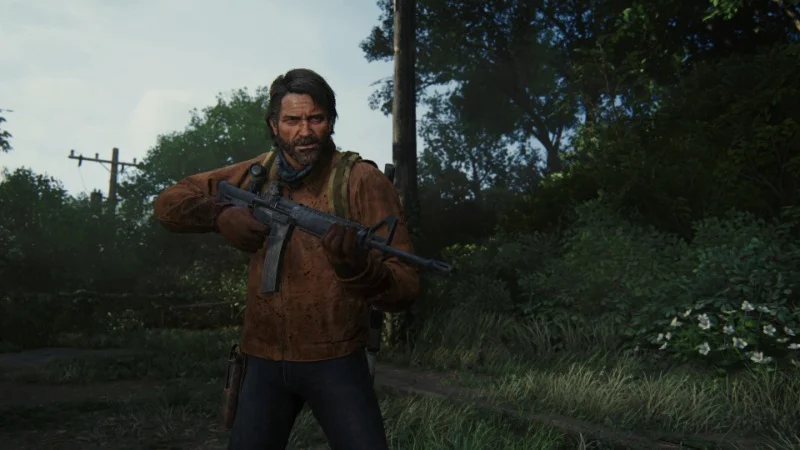 Naughty Dog
Naughty DogAmmunition drops are tuned by encounter and difficulty rather than by a global simulation. You can enter a new combat space and find the right caliber in the first few containers even if that caliber was scarce one room earlier. The system ensures you are rarely stuck with an empty holster.
Notice how revolver rounds appear more often when the next arena favors mid range shots, like in the bookstore fights. Loot tables respond to what you are carrying and what the space expects you to use, which is why the ebb and flow of bullets follows the level beats more than the wider world.
Sound And Clicker Detection That Bends To Layout
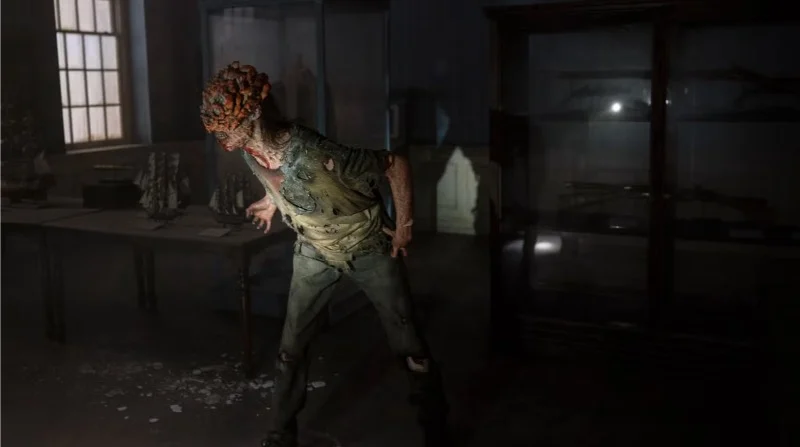 Naughty Dog
Naughty DogClickers key off sound but their reaction curve changes with room shape and scripting. Footsteps on identical surfaces draw different responses depending on encounter setup, while thrown objects pull aggro on consistent paths even when clutter should alter echo and bounce.
Test this in the subway and the hotel basement. Crawl at the same speed across similar tile and toss a bottle down comparable hallways. You will get predictable routes that match patrol nodes rather than acoustics, which reveals how detection is tuned to the layout first and the noise rules second.
Share the mistake that jumps out to you every time in the comments so everyone can compare notes.

.jpeg)























.jpeg)













 English (US) ·
English (US) ·